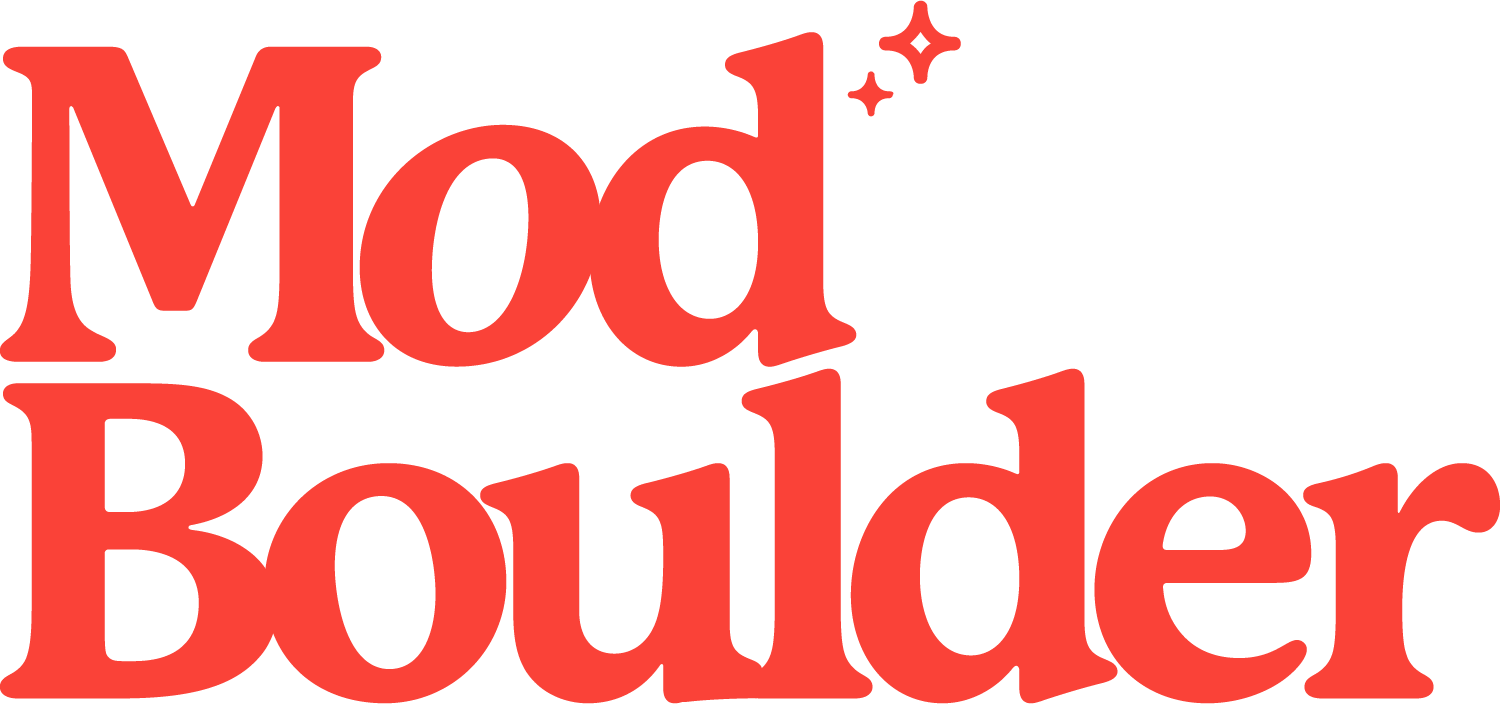Boulder’s Floral Park Community
When one of Boulder’s famous Floral Park historic homes recently came on the market, our ears perked. Our eyes brightened. And it’s not just because we have a thing for Chautauqua homes.
Boulder’s Floral Park neighborhood is historically—and culturally—unique. Not only is Floral Park considered Boulder’s first historic district (made official in 1978), it’s also Boulder County’s first community-oriented, planned-unit development, predating the similarly enlightened New Urbanist movement by at least 45 years.
In 1939, eight UC Boulder professors had an idea: build their own homes around a shared common area, providing open space for their families to enjoy while protecting an unparalleled view of the Flatirons.
Floral Park under construction, 1939 (Photo credit: Floral Park Historic District)
Over several evening meetings in 1939, the professors and their wives made the decision to purchase Block 17 of the Floral Park area, lying due east of Chautauqua Park and bounded by Mariposa, Bluebell, 15th and 16th Streets. The families pooled their money, purchased the block, and commissioned an architect to design Boulder’s first semi-communal neighborhood. The families decided who lived where by a simple, neutral drawing.
This bold, egalitarian move ignited chatter within the community. During a time in Western history when individuality and autonomy reigned supreme, the neighbors began to talk, dubbing this socialistic section of town “Little Russia” and “Red Square.”
By hiring the same architect, the same builder, and using the same building materials for each home, the cooperative members saved themselves both time and money. They opted for a similar architectural vein to run through the eight homes—California’s stately Monterey Colonial style, to be exact. This 19th-century style was first seen in coastal California; its signature features include white-painted brick, batten-board siding, green or blue shutters, and red tile roofs. This community also served as an early testament to the benefits of upcycling: the homes were largely built using salvaged brick from Boulder's recently demolished State Preparatory School, built in 1895.
Architect James M. Hunter (Photo Credit: Carnegie Branch for Local History)
Commissioned for the conception and design of the Floral Park project was Boulder’s own James M. Hunter, an esteemed architect who helped design Boulder landmarks like the original Boulder Public Library and Baseline Junior High. Hunter was also instrumental in helping establish UC Boulder’s accredited architectural degree program.
In addition to designing the Floral Park homes, Hunter also laid out a detailed landscaping plan for the entire block, as well as the design for a shared eight-car garage. The communal open space at the center of the Floral Park block was dubbed “The Commons,” consisting of “The Wild,” a wooded area at its west end, and the shared garage on its east end.
1505 & 1507 Bluebell Avenue (Photo Credit: Floral Park Historic District)
Over the years, Floral Park property owners have continued to preserve its park-like setting, as well as the block’s architectural unity. The overall character of the neighborhood has been well maintained, even through modest home additions and remodels. The 1978 designation of Floral Park as an historic district has further solidified the preservation of the area's unique history and cultural charge.
Original blueprints and other construction-related archives can be found at the Carnegie Branch of Boulder’s Public Library. Want to learn more about the area's history? Boulder’s Historic Preservation Department established a Floral Park website in 2013.




